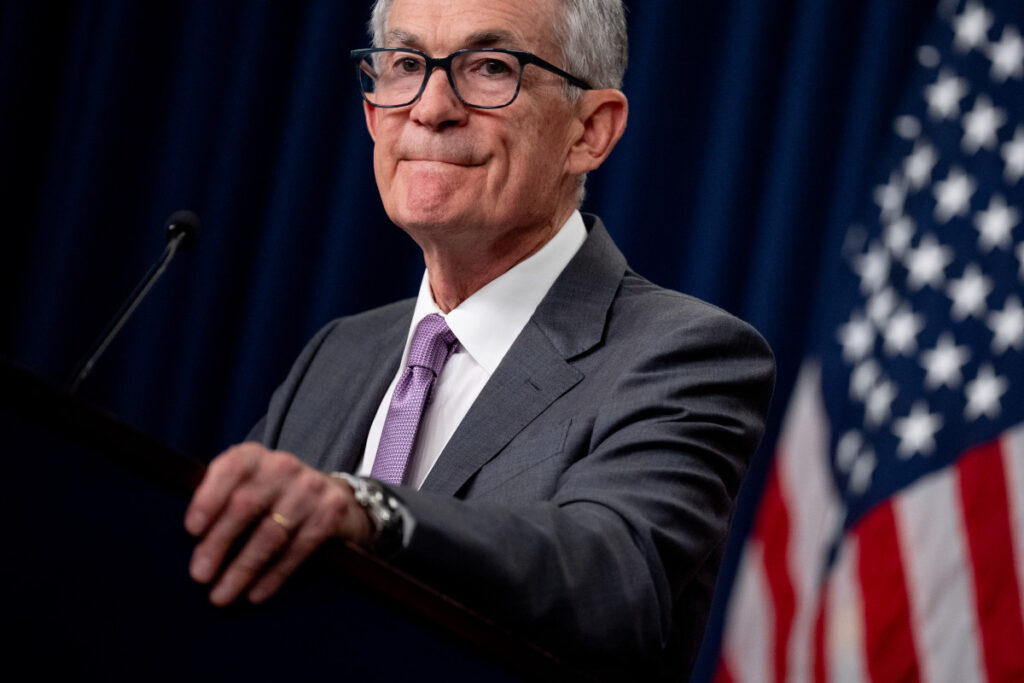It seems like economists, traders, politicians, and financial journalists have been waiting forever for the Federal Reserve to start cutting U.S. interest rates.
Actually, it’s been 14 months since July 2023 when the Fed last boosted its key federal funds rate to 5.25% to 5.5%.
More important, it’s been 54 months, since March 2020, since the Fed actually cut rates. That was when the Covid-19 pandemic erupted and basically stopped all activity, and the Fed wanted to be sure the U.S. economy didn’t seize up entirely.
A rate cut is probably coming Wednesday at the end of a two-day meeting of the Fed’s Federal Open Market Committee. There are other events coming this week including some important economic and earnings reports.
Related: Gas prices slide may continue to help consumers this fall
Wall Street is divided on the size of the rate cut
Futures trading suggest half of traders see a cut of a quarter-of-a-percentage point to 5% to 5.25%. The other half of Wall Street thinks — and is rooting for — a half-percentage cut to 4.75% to 5.25%.
But the rate decision, which will be announced at 2 p.m. Wednesday, may move stocks mightily. If the announcement doesn’t, two more events could:
-
Fed Chairman Jerome Powell’s news conference, which should start around 2:30 p.m. on Wednesday. Powell often surprises traders with a point not in the announcement. A key point to look for: Guidance on how many more rate cuts are coming.
-
The release of the dot-plot chart. This is basically a by-the-gut series of guesses by Fed officials on where the economy, inflation and interest rates are headed over the balance of the year and for the few two or three years afterward. What traders will want to know if how many officials see rates falling and by how much.
Though the dot-plot really is just a representation of admittedly educated guesses, investors pay close attention to it as a sort of road map of what’s ahead.
It should be noted, as theStreet’s Martin Baccardax did this week, that the Fed has been slow in cutting rates, just as it was in launching a forceful campaign to fight inflation.
More on Investing
The economy may gain some strength after the Fed decision for three reasons:
-
Oil prices are coming down.
-
U.S. gasoline prices nationally will almost certainly drop below $3 a gallon nationally by mid-October. As of Saturday, the AAA daily national average was $3.217 a gallon, up only 3.2% on the year and down 16.7% from a year ago. The AAA price is down 3.7% so far in September.
-
Mortgage rates are now just above 6% and may make buying a home a bit more affordable, if prices don’t explode. At 7.5% (the rate in late April), a principal-and-interest payment on a $250,000 mortgage was $1,748. At 6.1%, the payment is $1,521, a 13% decline.
Related: Social Security’s COLA change will impact payments in 2025
Techs rebound
Much of the stock market’s gains this year reflect investors’ betting on rates coming down. The S&P 500 was up 18% for the year as of Friday. So the aftermath may not be so spectacular. At least not right away.
Indeed, the S&P 500 was up 4% in the week just ended, the best week for the index since the first week of November. The Nasdaq Composite jumped 5.8% in the week, also its best week since the first week of November.
A week ago, tech stocks were lagging the broader stock market. Not this week.
Among the week’s big winners:
-
Chip-designer Arm Holdings (ARM) , up 25.7%.
-
Chip giant Nvidia (NVDA) , up 15.8%.
-
Big data company Palantir (PLTR) , up 17.3%.
-
Database giant Oracle (ORCL) , up 14.3%.
Three economic reports will grab attention
-
First is the August retail sales report, due Tuesday before the market open. Many analysts anticipate a decline, compared with a decent number for July
-
Home builder confidence, from the National Association of Home Builders. It was decidedly weak in August, with depressed demand, forcing many builders to cut prices. The big issue was been mortgage rates and how low must rates must fall before buyers are willing to consider buying. Most analysts believe the demand will tick up when mortgage rates drop below 6%.
-
Housing starts, from the Commerce Department. The projection is for a starts rate 1.4 million units unchanged from July.
Read the full article here

